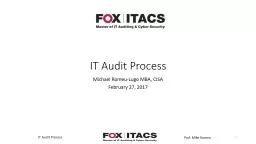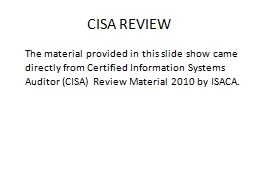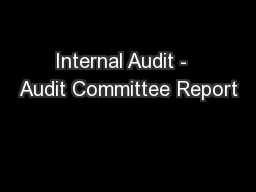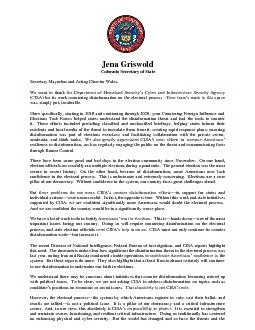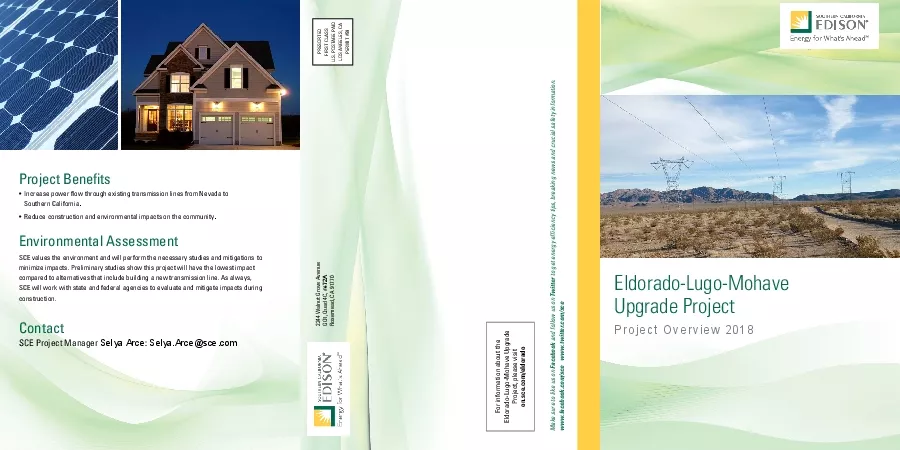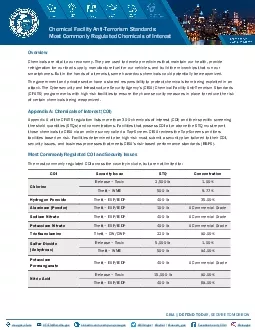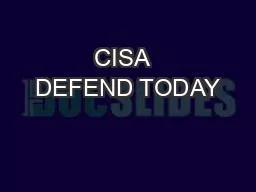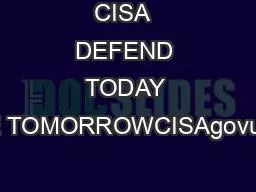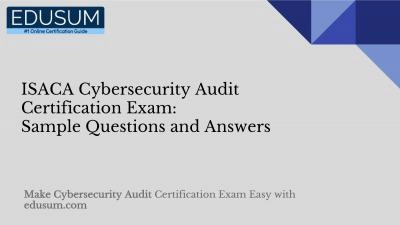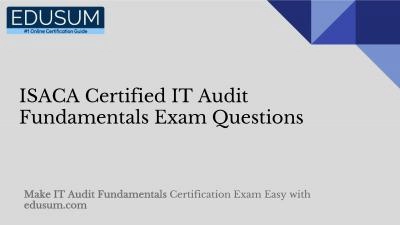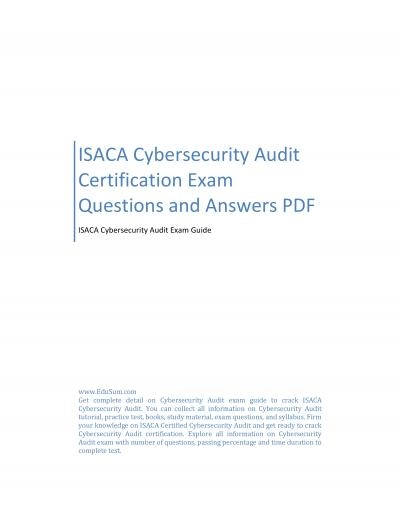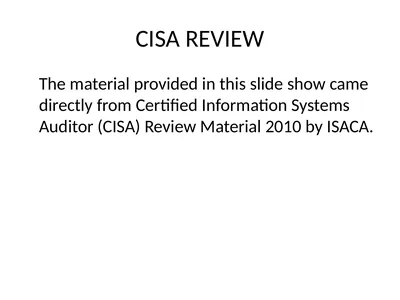PPT-IT Audit Process Michael Romeu-Lugo MBA, CISA February 27, 2017
Author : cheryl-pisano | Published Date : 2019-11-01
IT Audit Process Michael RomeuLugo MBA CISA February 27 2017 1 3 Executive Management Business Process Finance Business Process Manufacturing Business Process Logistics
Presentation Embed Code
Download Presentation
Download Presentation The PPT/PDF document "IT Audit Process Michael Romeu-Lugo MBA,..." is the property of its rightful owner. Permission is granted to download and print the materials on this website for personal, non-commercial use only, and to display it on your personal computer provided you do not modify the materials and that you retain all copyright notices contained in the materials. By downloading content from our website, you accept the terms of this agreement.
IT Audit Process Michael Romeu-Lugo MBA, CISA February 27, 2017: Transcript
Download Rules Of Document
"IT Audit Process Michael Romeu-Lugo MBA, CISA February 27, 2017"The content belongs to its owner. You may download and print it for personal use, without modification, and keep all copyright notices. By downloading, you agree to these terms.
Related Documents

